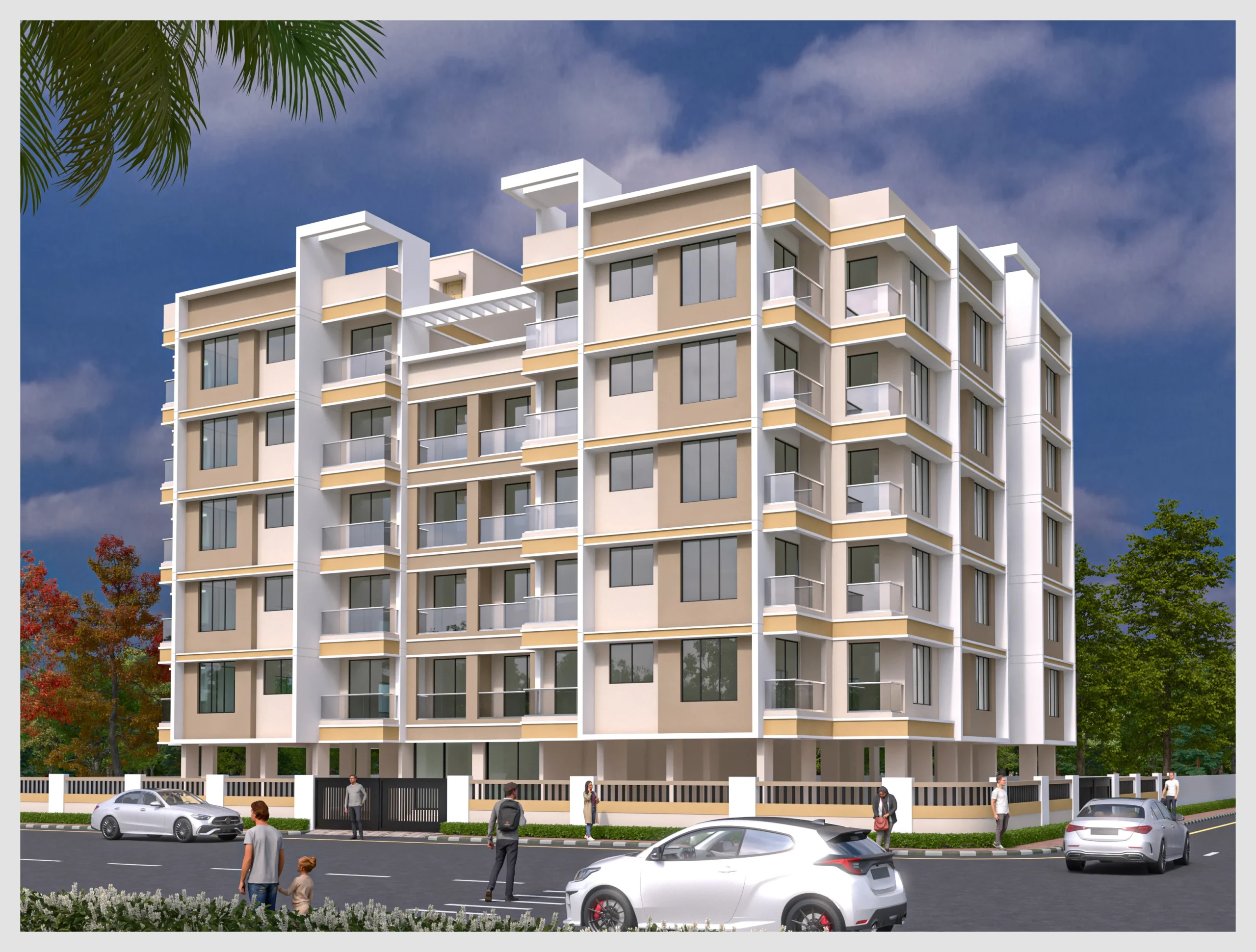Introduction
Architecture has always reflected human progress, blending creativity with functionality. As we step into a new era, modern architecture is defined by sustainable practices, smart technology, and innovative design solutions. This blog explores the key trends shaping the future of architecture and how they are transforming the built environment.
1. Sustainable and Green Architecture
Sustainability is no longer an option but a necessity. Modern architects are increasingly incorporating eco-friendly materials and energy-efficient systems into their designs.
- Use of recycled and locally sourced materials reduces environmental impact.
- Green roofs, solar panels, and rainwater harvesting improve energy efficiency and resource conservation.
- Passive design techniques like natural ventilation and daylight optimization minimize energy consumption.
2. Smart Technology Integration
Smart homes and buildings equipped with automated systems are becoming the norm.
- IoT (Internet of Things) enables centralized control of lighting, temperature, and security systems.
- AI-driven solutions adjust building performance based on real-time data.
- Smart materials, like self-healing concrete, enhance durability and maintenance efficiency.
3. Minimalism and Open Spaces
The shift toward minimalism reflects a desire for simplicity and functionality.
- Open floor plans create a sense of space and improve flow.
- Neutral color palettes and clean lines enhance visual harmony.
- Multipurpose furniture and modular designs maximize utility without clutter.
4. Biophilic Design
Bringing nature into architectural spaces boosts mental and physical well-being.
- Large windows and glass walls increase natural light and views of nature.
- Indoor gardens and water features create a calming atmosphere.
- Use of natural materials like wood and stone adds warmth and texture.
5. Adaptive Reuse and Repurposing
Transforming existing structures into modern spaces reduces waste and preserves cultural heritage.
- Industrial buildings are converted into residential lofts and creative workspaces.
- Facade retention and structural reinforcements maintain historical value while meeting modern standards.
- Modular construction allows for easy disassembly and reuse of materials.
6. Prefabrication and Modular Construction
Prefabricated and modular designs reduce construction time and costs.
- Factory-made components improve quality control and minimize waste.
- Faster assembly on-site reduces labor expenses and project timelines.
- Modular units can be reconfigured or expanded as needed.
7. Inclusive and Accessible Design
Designing for all abilities ensures that spaces are welcoming and functional for everyone.
- Step-free access, wide doorways, and tactile indicators improve mobility.
- Voice-activated controls and smart lighting enhance convenience.
- Acoustic design reduces noise pollution and enhances comfort.
8. Parametric and Computational Design
Advanced software and algorithms enable complex and innovative designs.
- Parametric modeling allows for intricate, organic shapes.
- 3D printing facilitates rapid prototyping and customized solutions.
- Data-driven design optimizes building performance and material usage.
9. Resilient Design for Climate Change
Buildings must withstand extreme weather and environmental challenges.
- Elevated foundations and flood-resistant materials protect against rising sea levels.
- Wind-resistant structures and seismic bracing enhance stability.
- Climate-responsive facades adjust to temperature and sunlight changes.
10. Cultural and Contextual Sensitivity
Modern architecture increasingly reflects local culture and history.
- Designs incorporate traditional patterns and materials.
- Respect for local climate and geography influences design choices.
- Adaptive reuse honors historical significance while modernizing functionality.
Conclusion
The future of architecture lies at the intersection of technology, sustainability, and human-centric design. By embracing smart solutions, eco-friendly materials, and cultural sensitivity, architects are creating spaces that are not only visually striking but also functional and resilient. Modern architecture is evolving to meet the challenges of the 21st century while enhancing the way we live, work, and interact with our surroundings.


wonderful